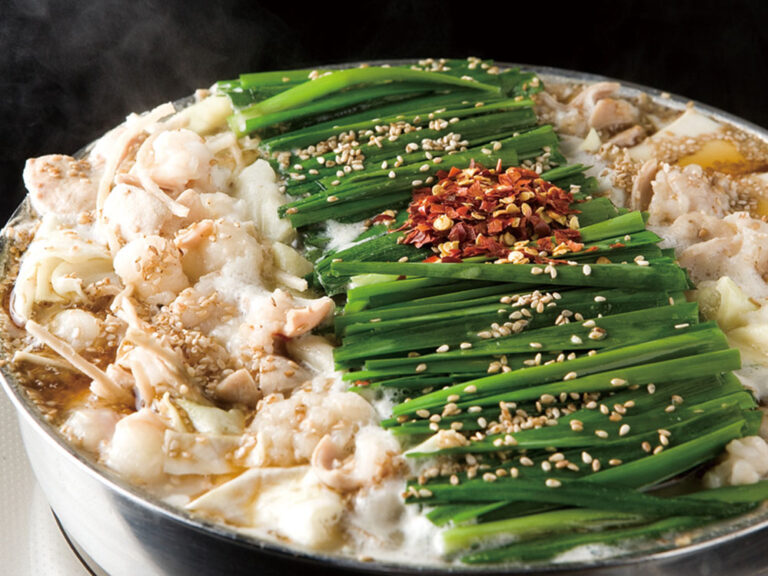
A famous restaurant of Motonaka, Hakata's soul food, which uses fresh vegetables that can be played with puripuri. It is a specialty that mainly uses Japanese beef from Kyushu and cuts only the small intestine of a young cow with the most advanced fat at 10g. The three types of soup, which are miso, soy sauce and water-cooked, are also exquisite. One serving of mosu-pan 1980 yen (order is from 2 servings), 858 yen of vinegar, and 825 yen of stewed beef tongue. All 160 seats are dug up.
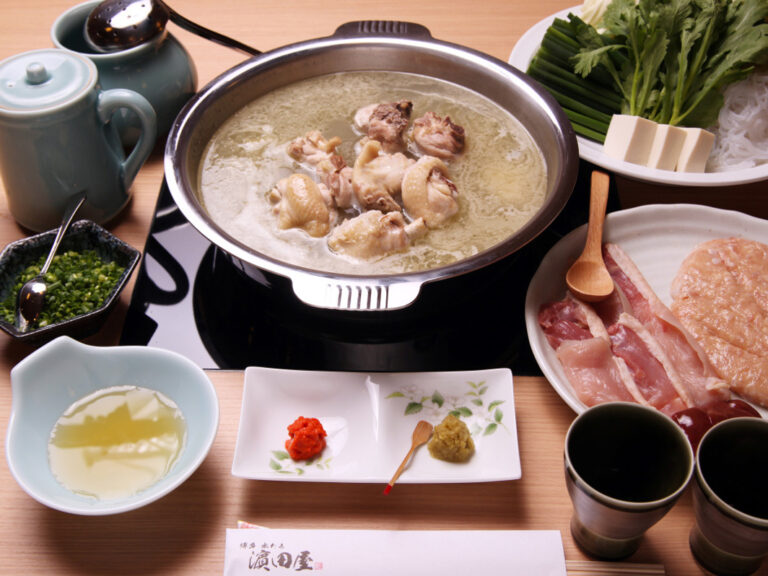
A shop specializing in water-cooking in Hakata. The uncompromising soup cooked from fresh chicken gala uses red chicken from Kyushu, which has no smell and can fully taste the umami of the chicken. Let's eat with the finished specialty vinegar soy sauce through repeated trial and error. The water-cooking of Hakata, which was said to have been born in the late Edo period, spread to various places with Hakata as its headquarters. It is a local dish that has been popular with the people of Hakata throughout the year, such as the spring of early cabbage and the summer of the festival. You want to enjoy the taste of the soup, which changes as the pot progresses, just because Hakata water cooking starts with soup and ends with soup.
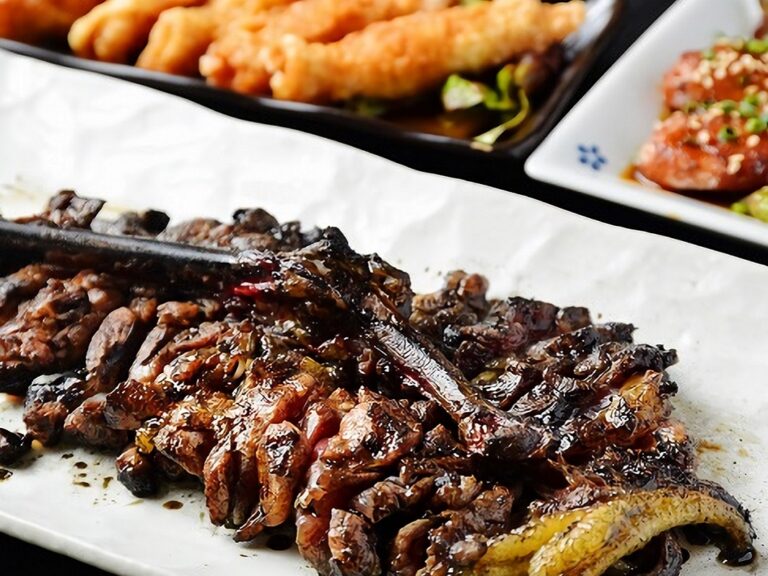
It is the royal road of food to eat Miyazaki's specialty "bone-in-bone momoyaki" in a polar rare. The soft boned thigh meat of the hen chicken, which has been carefully raised by the water, the light and the wind of the sun, is sprinkled with the secret coarse salt, and then glowed in a burst of bimchō charcoal. "Bone with salt" produced from craftsmanship is very rare, and the more you bite, the more the gravy overflows into your mouth, and the more delicious the flavor and the umami of the pith are deeply soaked. I want to enjoy the middle of chicken taste. ''Tege, it's a mess! Come and see you, eat it!" that's just because the chicken, which is very rare, has a different taste and a different taste from other stores. We have a variety of specialty shochu, sake and wine from Miyazaki. Let's enjoy it with Miyazaki's birthplace, chicken nanban, and seseri.
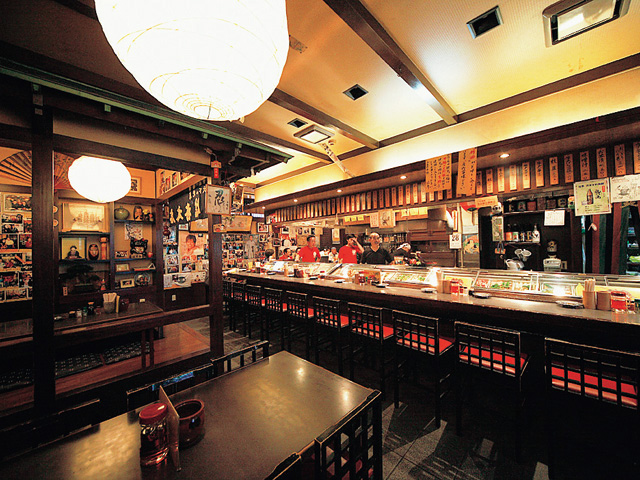
The Yakitori store was founded in 1964. Fresh materials are baked with Okinawa's natural salt and Bu-chō charcoal. Establishing the style of Hakata-ryū yakinori, they will offer a scroll of skewers rolled with pork roses, such as a free service of cabbage with vinegar sauce and tomato and aspala skewers. You can enjoy the taste of the long-established restaurant in all of the 40-50 kinds of material. It is famous as a shop where numerous celebrities come and go, including the enka magnate Kitajima Saburo.

A Japanese restaurant with a clean shop and a calm atmosphere. It boasts dishes that make use of the fresh seafood purchased from Nagahama every day, and in particular, sashimi, which can enjoy more than seven species of seasonal fish in luxury, is reasonable at 1200 yen per serving. You can choose from soy sauce, miso, and salted onion for 1 serving 1200 yen ~ or the shrimp on the signboard menu and the scallop seafood 600 yen, which is perfectly compatible with sake. There are counter seats and digging seats.

In Hakata, it is called "Fuku" for happiness. "Fugu-bashi", which is served in a white porcelain dish, is a two-piece "peony-making" with a secret of thickness and size calculated so that there is no calf and ponzu in the mouth at the same time. You will have a homemade secret of the shopkeeper's specialty ponzu and medicinal flavors. From October to April, the Torifuku course and the Shirako course will start at 14300 yen. May-September, Torifuku course, the Daisho Omakase course using seasonal ingredients is 11,000 yen ~. Both are fully reserved.

You can taste fresh seafood such as bream and Hiramasa caught in Genkai, and original sushi that is seasoned with salt, yuzu, moromi, and plum meat to bring out the flavor of the story. The plum course is a popular course with eight nigiri and Ika uran cocktails, steamed chahanmushi, soup, salad and dessert. It is a large store consisting of three floors, and the third floor is a private room floor. Steak is eaten on all floors. Night course 11,000 yen ~.
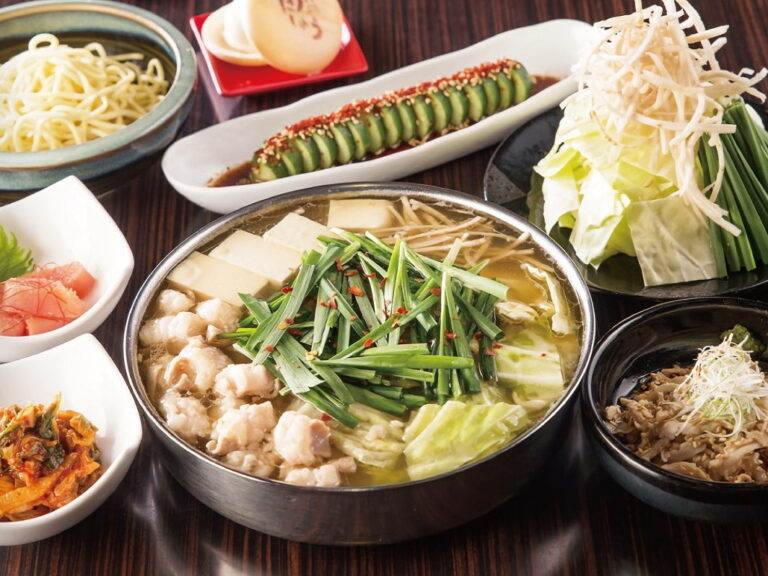
A motu-pan specialty store whose repeat rate exceeds 80 percent. Only the small intestines of selected domestic cattle are the prized motu pot. Popular is the pre-puri motu that breathes plenty of soup with the umami of vegetables. In addition to the most popular miso soup, four types of soup are prepared: soy sauce, spicy style, and washi stock. In addition, one-dish dishes such as the boiled beef ho-ho meat, which has been simmered for eight hours, and the horse-stabbing using the specialty red meat, and the original minta using Hakata's specialty mentaiko are also popular. It is located on the first floor of the Hakata Station Bus Terminal, and is easy to access.
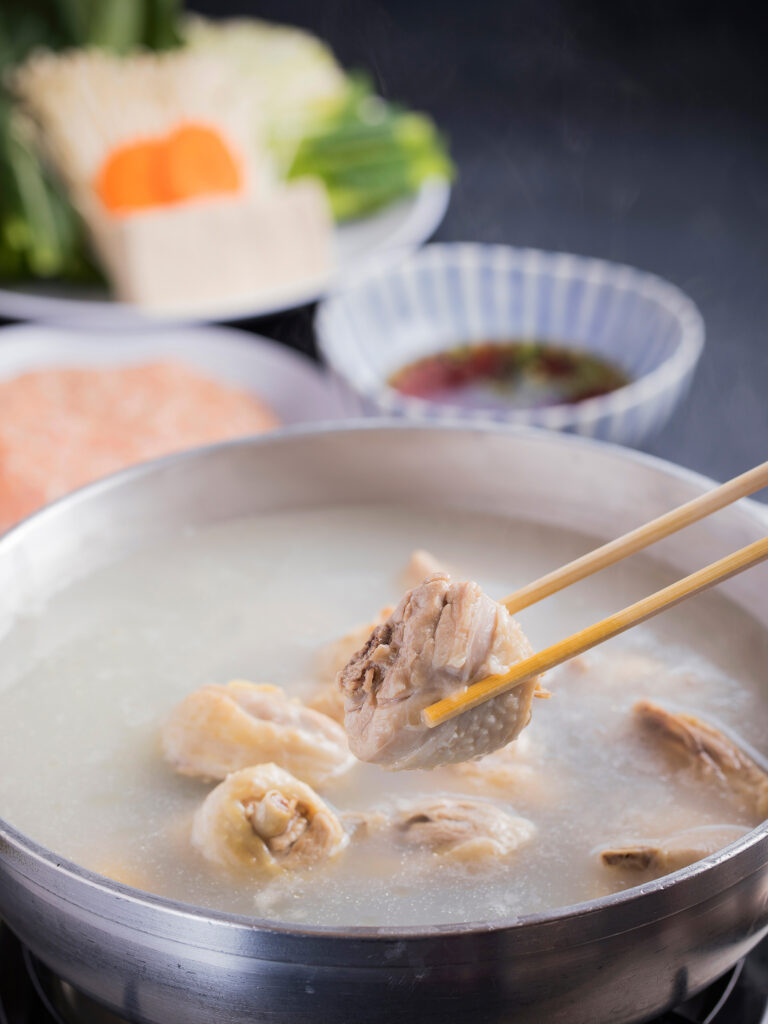
Red Chicken Satsuma from Kagoshima Prefecture. The white-turbid soup taken with bone-in meat has a light but rich chicken flavor. What should be more special is the taste of chicken dumplings. It is made with skinned peach meat or green onion, and its texture is touching.
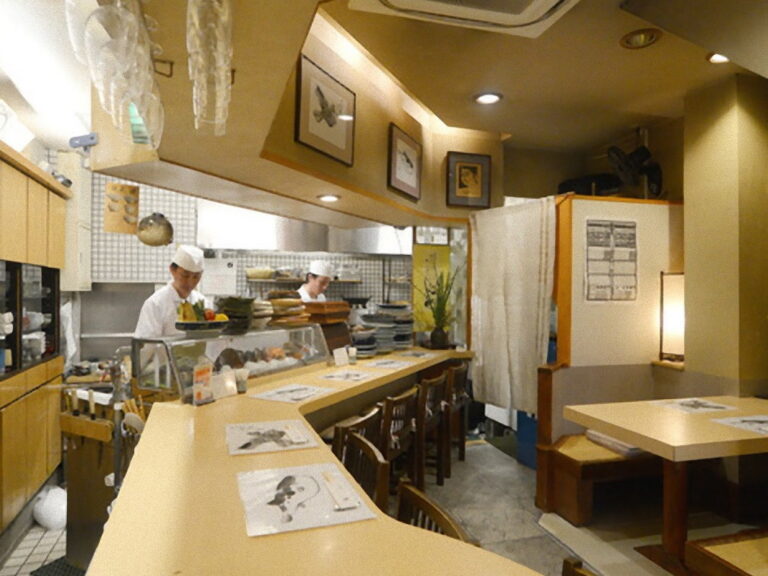
A pufferfish restaurant in Nakasu, which has been in business for more than 50 years. It offers a gem that makes use of fresh fish taken in the Genkai, also known as the "treasure trove of fish." in Genkai, not to mention puffer, which is a signboard menu, a lot of fine fish such as okoze, white fish, red sea urchin, abalone from spring to early summer, and the fish king ara (kue) from autumn to winter. Any menu that uses such a seasonal fish in luxury is a masterpiece. I would like to enjoy "Okoze no Zukuri", which is an elegant white fish, "Torafugu Course", which is limited from October to the end of June, and "Ara Course", which is limited from October to the end of March. In addition, this is also popular "homemade handmade mentaiko". A gem of a cherry-picked, unpigmented raw egg (pollock's egg), pickled in a fruity unique sauce and aged for 72 hours. It is a delicious dish that can be soaked in salt and plum with good sauce and each grain can be played in the mouth. The sake you want to combine with the dish is a rich selection of shochu with a unique flavor and taste, including Saga's namesake "Nabeshima", Satsuma's Imo shochu, Miyazaki's soba shochu, Kumamoto's rice shochu, and Oita's barley shochu. The real pleasure is that you can enjoy different flavors for each brewery and brand.











